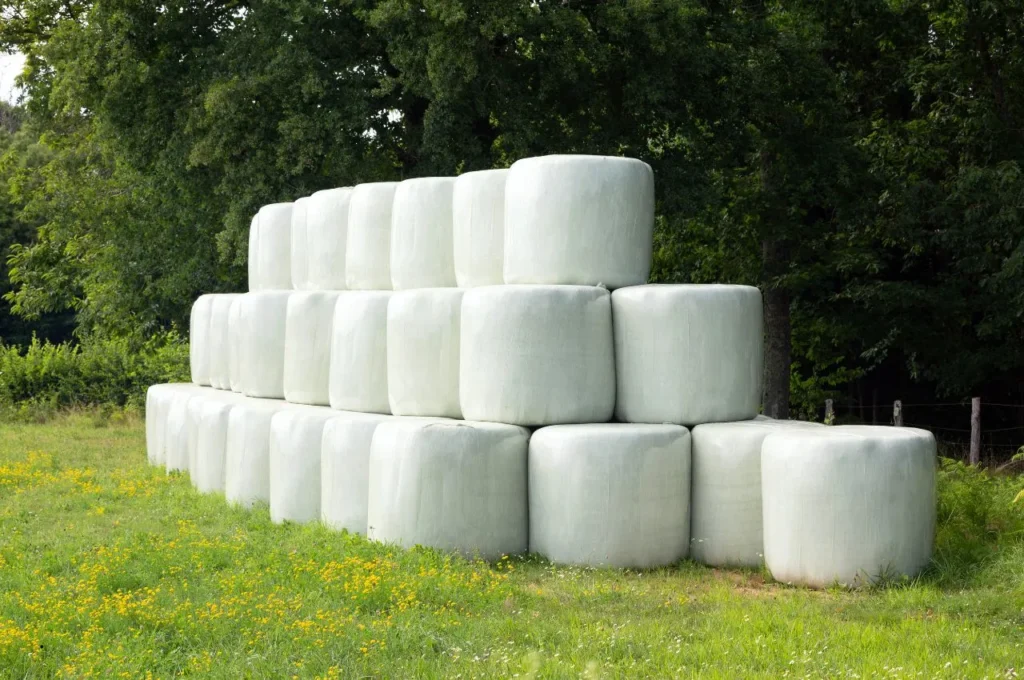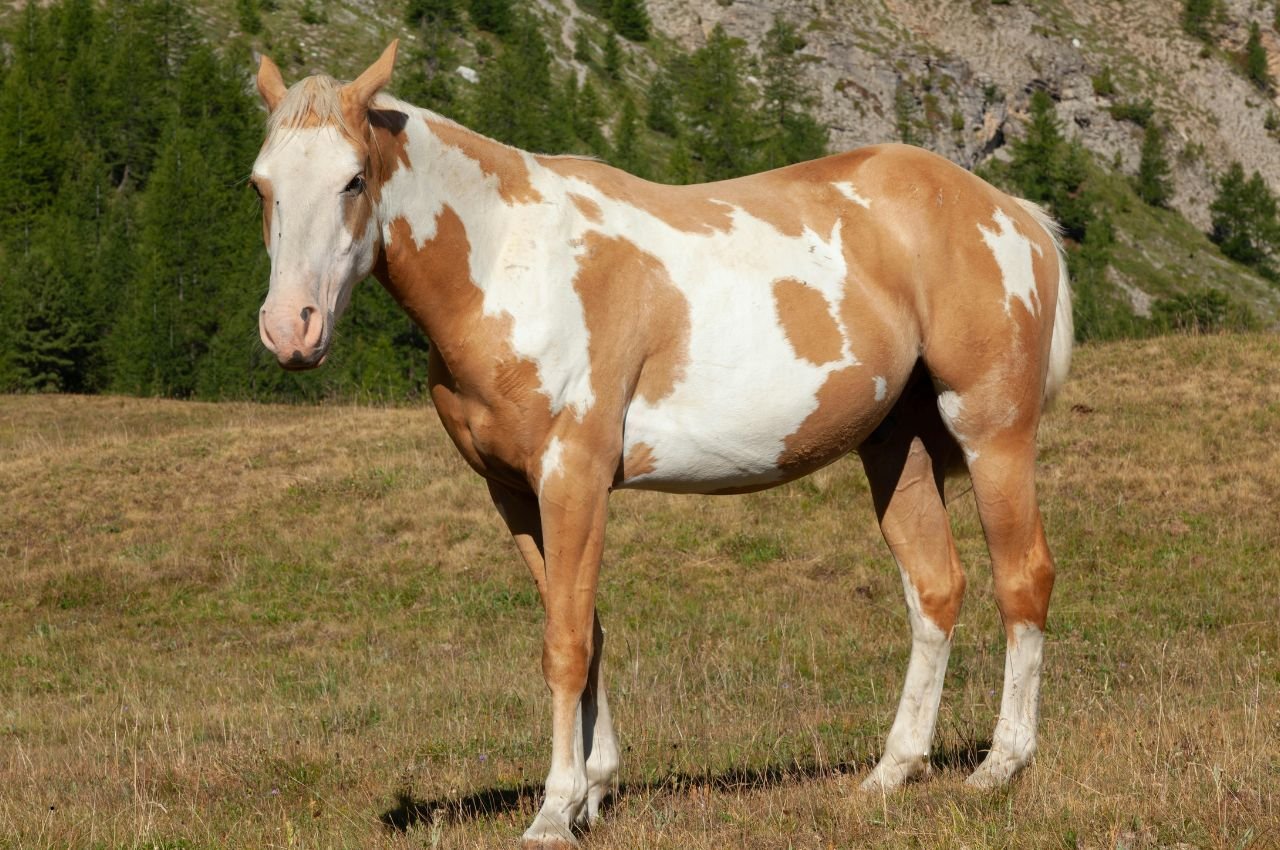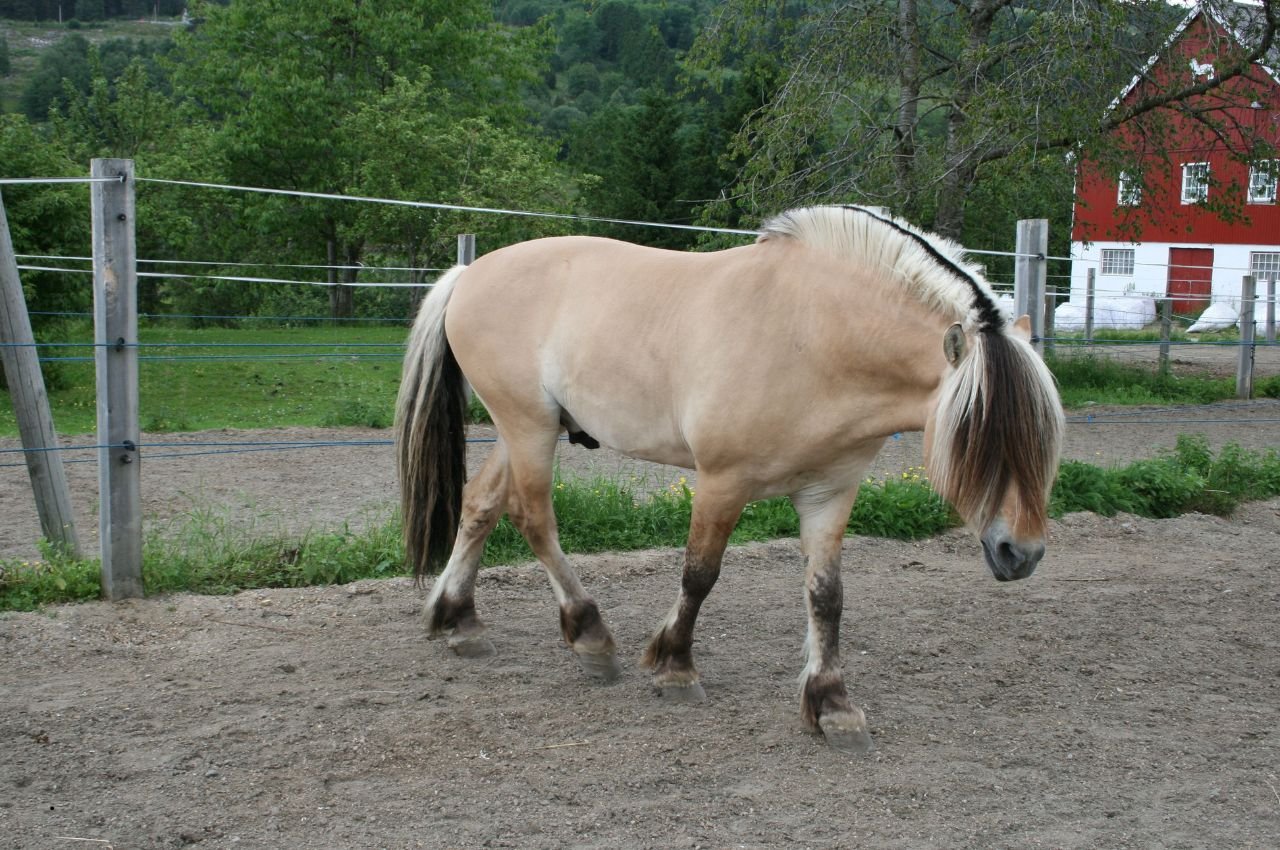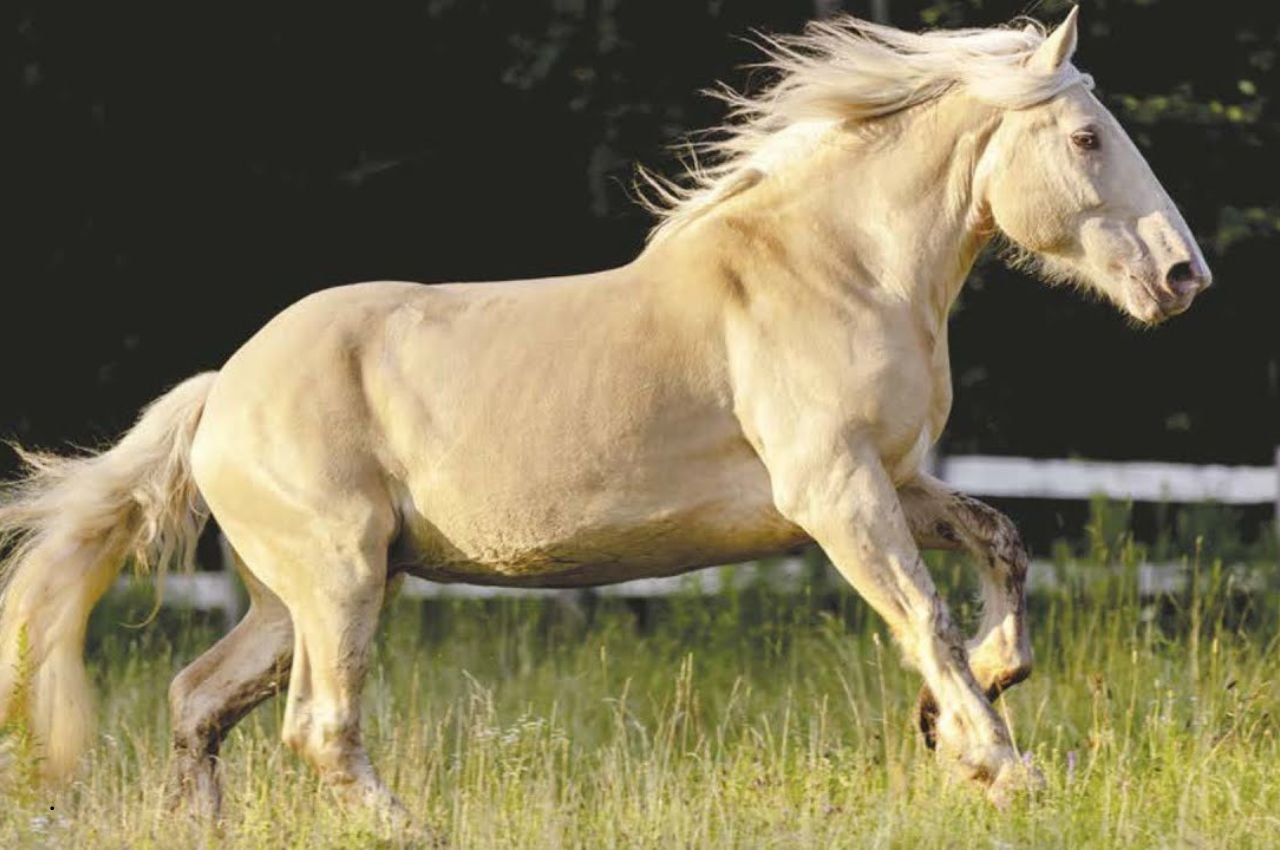Introduction: Why Safe Hay Storage Matters
Hay is a lifeline for horses, cattle, and other livestock. But if hay isn’t stored properly, it can spoil, get moldy, or lose nutrition. This can make your animals sick and cost you money. Knowing how to store hay safely is a smart skill for every farmer or animal owner. In this post, we’ll share 8 brilliant tips to protect your hay so it stays fresh, clean, and healthy all year round.
Table of Contents
Choose a Dry, Covered Storage Area
The best hay storage spot is dry and covered. Rain and moisture cause hay to mold and rot. A barn, shed, or hay loft with a roof and walls works great. If you don’t have indoor space, use a strong tarp to cover hay piles.
Keep Hay Off the Ground
Hay should never touch the ground directly. Moisture from soil can seep into hay and cause mold. Use wooden pallets, tires, or racks to lift hay bales off the floor. This also helps air flow under the hay, keeping it dry.
Stack Hay Properly for Airflow
Stack hay loosely with some space between bales to allow air circulation. Tight stacks trap moisture and heat, increasing the chance of mold. Good airflow helps hay stay cool and dry.
Protect Hay From Sunlight
Direct sunlight can bleach hay and reduce its nutrients. Store hay in shaded areas or inside barns where sunlight won’t reach. Cover hay piles if stored outside.
Monitor Temperature and Moisture Levels
Warm, moist hay can heat up and even catch fire. Use a hay thermometer if possible to check temperatures inside large stacks. Ideal hay moisture is 15% to 20%. Too much moisture is dangerous.
Avoid Storing Hay Near Chemicals or Fuel
Keep hay away from pesticides, fertilizers, fuel, or other chemicals. These substances can contaminate hay and harm your animals if ingested.
Inspect Hay Regularly
Check hay for signs of mold, dampness, or pests. Remove any spoiled bales immediately to prevent problems from spreading. Regular inspections keep your hay safe.
Use Hay Nets or Covers for Small Amounts
If you feed your animals smaller hay portions, store those in hay nets or covered bins. This protects hay from dirt, pests, and moisture.
Keep Hay Fresh and Healthy With These Simple Tips
Properly storing hay protects your investment and keeps your animals healthy. By choosing dry spaces, lifting hay off the ground, allowing airflow, and watching for moisture, you can keep hay fresh all year. Follow these 8 brilliant protection tips and enjoy feeding clean, nutritious hay to your livestock.
FAQs About How to Store Hay Safely
No schema found.1. Why is it important to store hay properly?
Proper hay storage prevents mold, spoilage, and nutrient loss, keeping your animals healthy and saving money.
2. Can hay catch fire if stored wrong?
Yes. Hay that is too wet or packed too tightly can heat up and cause spontaneous combustion.
3. How high should I stack hay bales?
Stack hay bales no higher than 12 feet to ensure stability and proper airflow.
4. What is the best place to store hay outdoors?
Use a dry, level spot with good drainage and cover hay with a tarp to protect from rain and sun.
5. How often should I check my stored hay?
Inspect hay every few weeks for signs of mold, pests, or moisture damage.
6. Can I store hay in plastic bags or wrapped bales?
Yes, but make sure wrapped hay is stored on dry ground and checked regularly to prevent spoilage.
7. How do I know if hay is too moist to store?
Ideal hay moisture is 15%-20%. If hay feels damp or smells musty, it’s too moist for safe storage.
8. Should I store different types of hay separately?
Yes, storing different hay types separately helps manage feeding and prevents cross-contamination.







